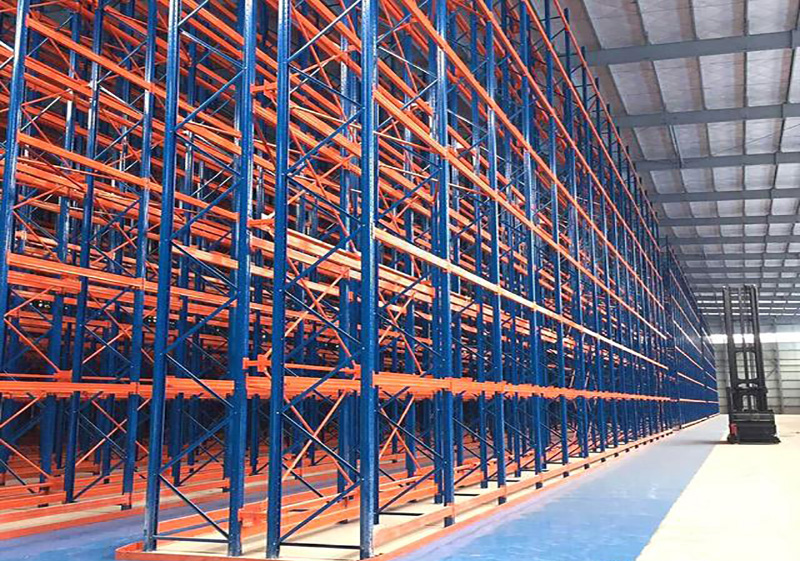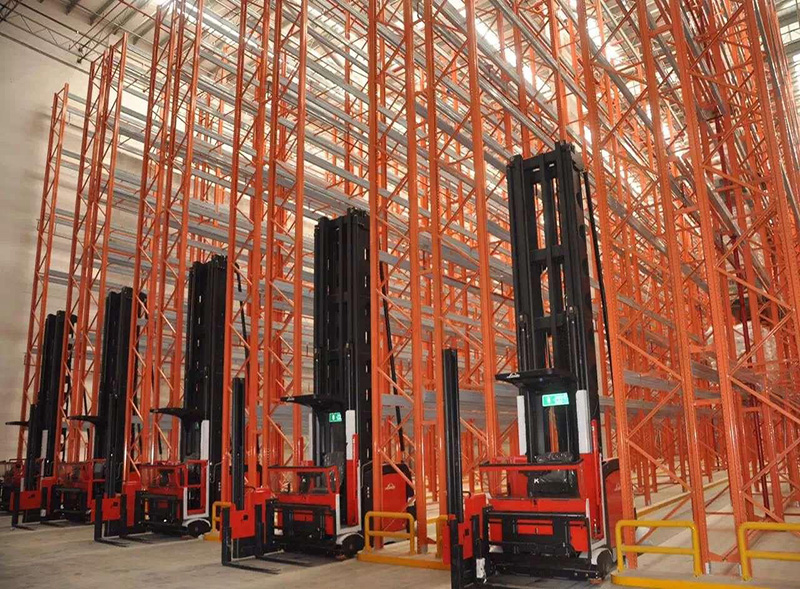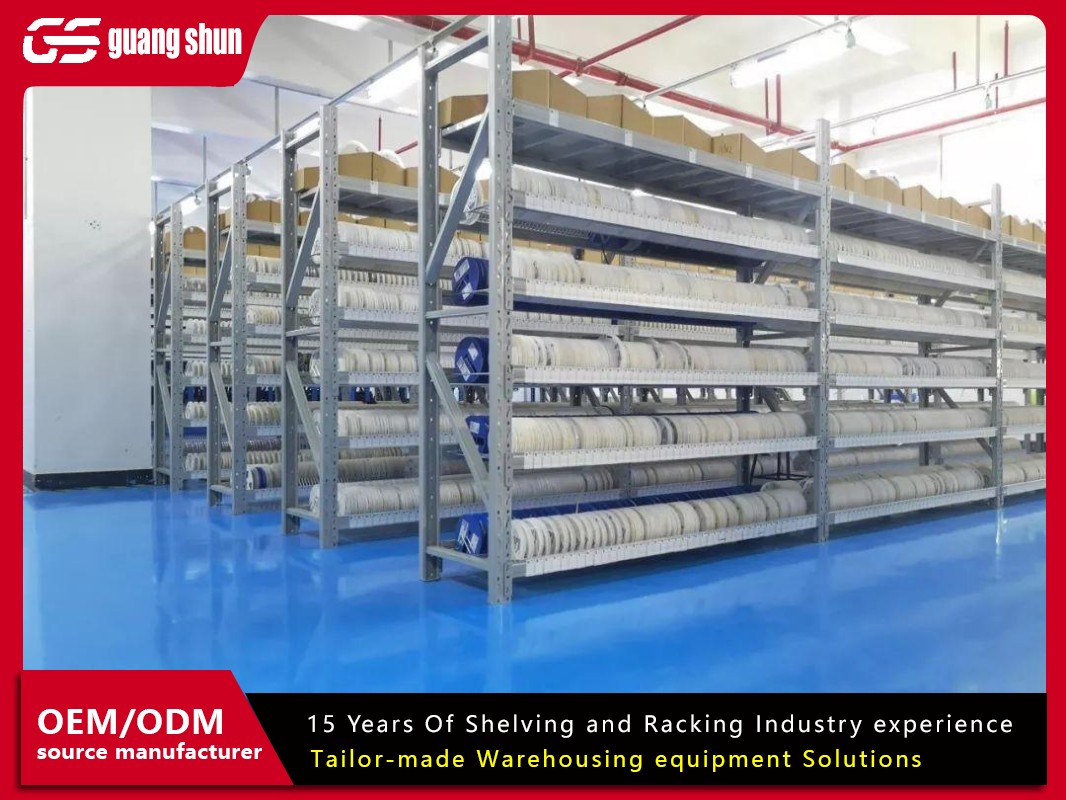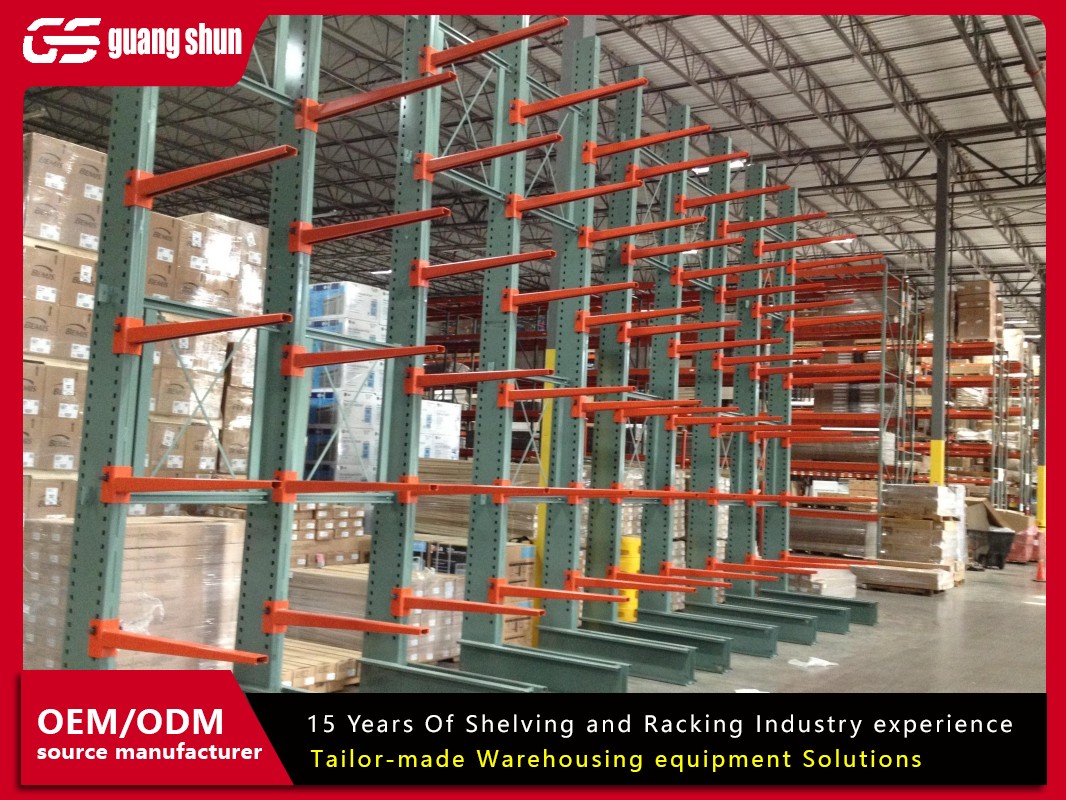In the backbone of any successful warehouse, distribution center, or manufacturing facility, you'll find a silent, robust workhorse: the heavy duty industrial racking system. This isn't just storage; it's the fundamental framework that dictates your operation's efficiency, safety, and scalability. Selecting the right system is not a matter of guesswork but a strategic decision. This guide breaks down the seven most critical factors you must consider, backed by practical logistics principles, to ensure your investment pays off for years to come.

Understanding the Core: What is Heavy Duty Industrial Racking?
At its simplest, heavy duty industrial racking is a structural storage system designed to hold substantial weight, typically starting from several thousand pounds per pallet location and scaling up to support immense loads. Unlike light-duty shelving, these systems are engineered from high-strength steel and are integral to palletized storage, supporting the relentless cycle of forklift traffic and heavy loads that define modern industrial environments. The primary goal is to maximize vertical cube utilization while ensuring absolute stability and safety.
The 7 Critical Selection Factors for Your Racking System
Navigating the market requires a clear understanding of your specific needs. Here are the seven key areas to analyze before making a purchase.
1. Load Capacity and Weight Distribution
This is the non-negotiable starting point. You must calculate not just the average weight of your pallets, but the maximum weight you will ever store. Furthermore, consider the weight distribution. Is the load evenly spread, or is it concentrated in the center? Heavy duty industrial racking specifications include both the per-beam and overall frame capacity. Underspecifying here is the single fastest way to cause a catastrophic failure. Always build in a safety margin of at least 15-20% above your heaviest anticipated load.
2. Configuration and Accessibility: Selective, Drive-In, or Push-Back?
The physical nature of your inventory and your picking patterns will dictate the optimal configuration.
Selective Pallet Rack: The most common type of industrial storage racking, it offers direct access to every single pallet. This is ideal for high-SKU environments with fast-moving goods.
Drive-In/Drop-Thru Rack: This system sacrifices accessibility for density. Forklifts drive directly into the rack structure to place and retrieve pallets, which are stored on rails. It's perfect for high-density storage of slower-moving, homogeneous products, like seasonal items or raw materials.
Push-Back Rack: A compelling balance of density and selectivity. Pallet are stored on nested carts on an inclined plane. When a new pallet is placed, it pushes the previous one back. Retrieval works in a Last-In, First-Out (LIFO) sequence. This pallet racking system is excellent for multiple SKUs with medium turnover where some selectivity is still required.
3. Material and Construction Quality
Not all steel is created equal. The quality of the steel, the thickness of the upright columns and beams, and the integrity of the manufacturing process are paramount. Look for racks made from high-tensile steel. The finish is equally important; a high-quality powder coating provides superior resistance to corrosion, scratches, and impacts from forklifts, ensuring the long-term structural integrity of your warehouse storage solutions.
4. Vertical Clearance and System Height
Warehouse space is expensive, so thinking vertically is a proven cost-saving strategy. You must know the exact clear height of your facility, from the finished floor to the lowest overhead obstruction (e.g., sprinklers, lights, ductwork). A heavy duty industrial racking system can often be engineered to fit within inches of this clearance, dramatically increasing your storage capacity without expanding your building's footprint.
5. Seismic and Safety Considerations
If your facility is in a region with seismic activity, this factor moves to the top of the list. Standard racking is not designed to withstand seismic forces. Seismically-rated heavy duty industrial racking includes specific engineering enhancements, such as thicker gauge steel, specialized beam-end connectors, and increased bracing, to prevent collapse during an earthquake. Furthermore, investing in column protectors, aisle guards, and proper employee training are essential components of a safe industrial racking system.
6. Integration with Material Handling Equipment
Your racking and your forklifts are a symbiotic pair. The dimensions of your racking aisles are directly determined by the type of forklifts you use. Very Narrow Aisle (VNA) forklifts can operate in aisles as narrow as 5-6 feet, but they require guidance systems and specific industrial racking tolerances. Standard counterbalance forklifts need wider aisles (12-13 feet). Ensure your racking layout is designed in concert with your equipment capabilities.

7. Future Flexibility and Scalability
Your business will change. A rigid heavy duty industrial racking system that cannot adapt is a liability. Look for systems that are inherently modular. Can you easily add beams to adjust shelf heights? Can you add more upright frames to extend a run? A scalable system allows you to reconfigure your layout as inventory profiles and operational workflows evolve, protecting your capital investment.
The True Cost of Ownership: Beyond the Initial Price Tag
When evaluating heavy duty industrial racking prices, it's a mistake to focus solely on the initial purchase order. The true cost of ownership includes:
Installation Cost: Professional installation is critical for safety and performance.
Maintenance and Inspection: Regular, documented inspections are needed to identify and repair damage.
Potential for Downtime: A poorly chosen system that fails or needs constant reconfiguration leads to costly operational stoppages.
Return on Investment (ROI): The right system pays for itself through improved efficiency, reduced product damage, lower labor costs, and maximized real estate value.
Conclusion: An Investment in Operational Excellence
Choosing a heavy duty industrial racking system is one of the most significant infrastructure decisions a logistics or operations manager will make. It is not a commodity purchase but a strategic investment. By methodically evaluating these seven factors—load capacity, configuration, quality, height, safety, integration, and flexibility—you move beyond simply buying shelves. You are engineering a robust, efficient, and safe backbone for your entire supply chain, positioning your business for growth and resilience in a competitive market.
Frequently Asked Questions (FAQs)
Q1: What is the typical weight capacity for a heavy duty industrial racking system?
A1: The weight capacity for heavy duty industrial racking varies significantly based on the design and component specifications. However, a standard heavy-duty pallet rack beam can typically support between 10,000 to 25,000 pounds per pair, with upright frames rated for the cumulative load. It is absolutely essential to have a professional engineer or qualified supplier calculate the specific capacity based on your rack configuration and load weights.
Q2: How often should we conduct a formal inspection of our warehouse racking?
A2: A formal, documented inspection of your industrial racking system should be conducted by a competent person at least annually. However, more frequent visual inspections should be performed by warehouse staff on a quarterly or even monthly basis, especially in high-traffic areas. Any visible damage, such as bends, dents, or misalignments, should be reported and addressed immediately.
Q3: Can I mix and match components from different manufacturers for my racking system?
A3: It is strongly discouraged and considered a major safety risk. Heavy duty industrial racking is an engineered system where components from different manufacturers are not designed to work together. Interchanging parts can compromise the structural integrity, void warranties, and lead to system failure. Always use certified, compatible components from the same original manufacturer.
Q4: What is the lead time for procuring and installing a new heavy duty racking system?
A4: Lead times can vary widely based on the project's scale, system complexity, and market conditions. For a standard selective pallet rack system, lead times can range from 4 to 12 weeks from order to delivery. Custom-engineered systems like drive-in or push-back racks may have longer lead times. It's crucial to factor in installation time, which can add several more weeks depending on the size of the facility.
Q5: Are there specific floor requirements for installing this type of racking?
A5: Yes, the floor is the foundation of your entire heavy duty industrial racking system. The concrete slab must be of sufficient compressive strength (typically a minimum of 3,000 PSI for standard loads, and higher for dense systems) and must be level. Significant floor unevenness can prevent the racks from being plumb and properly anchored, distributing loads unevenly and creating a critical safety hazard. A professional site evaluation is always recommended before installation.







